Home>Construction & Tools>Building Materials>How To Drill Into Brick
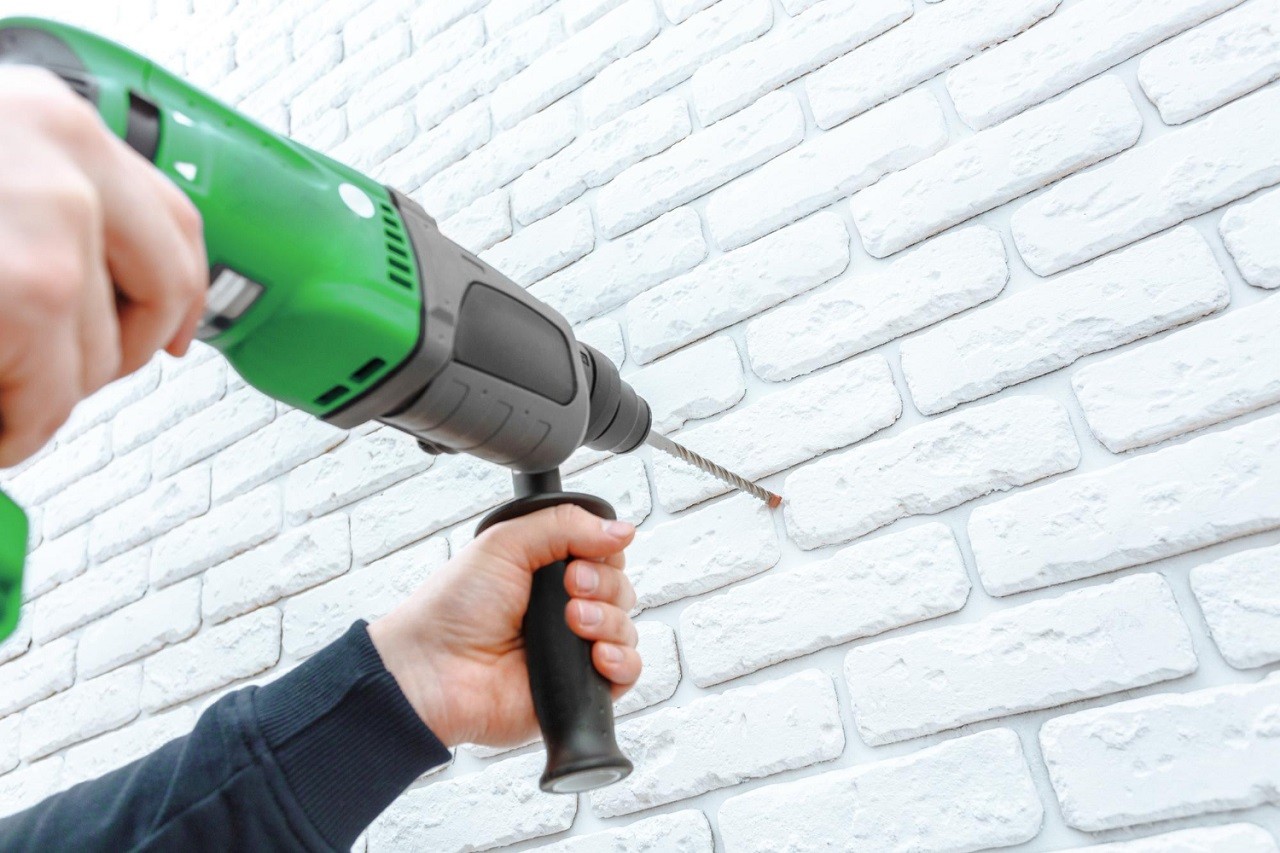

Building Materials
How To Drill Into Brick
Modified: February 18, 2024
Learn the best techniques for drilling into brick with our comprehensive guide. Find the right tools and tips for working with building materials.
(Many of the links in this article redirect to a specific reviewed product. Your purchase of these products through affiliate links helps to generate commission for Storables.com, at no extra cost. Learn more)
Introduction
Drilling into brick can be a daunting task, but with the right tools and techniques, it’s a manageable feat. Whether you’re hanging a picture frame, installing shelving, or undertaking a larger construction project, knowing how to drill into brick is a valuable skill. Bricks are sturdy and durable, making them a popular choice for building exteriors, fireplaces, and accent walls. However, their robust nature also means that drilling into them requires careful planning and execution.
In this comprehensive guide, we’ll explore the essential steps for drilling into brick, including choosing the right drill and bit, marking the drill spot accurately, and executing the drilling process with precision. Additionally, we’ll discuss crucial safety precautions to ensure that your drilling experience is not only successful but also safe.
By the end of this article, you’ll feel confident and well-equipped to tackle brick-drilling projects, empowering you to enhance your living space or take on new construction endeavors with ease.
Key Takeaways:
- Choosing the right drill and bit is crucial for drilling into brick. Use a hammer drill and a masonry bit for efficient and precise drilling, ensuring that your tools are compatible and of high quality.
- Safety is paramount when drilling into brick. Prioritize personal protective equipment, stable work surfaces, and cautious handling of tools to ensure a hazard-free and successful drilling experience.
Read more: How To Drill A Hole In A Brick Wall
Choosing the Right Drill and Bit
Before embarking on a brick-drilling project, it’s essential to select the appropriate drill and bit for the task at hand. The type of drill and bit you choose will significantly impact the success and efficiency of your drilling endeavor.
1. Drill Selection: When drilling into brick, a hammer drill is the preferred choice due to its ability to deliver rapid, short hammering thrusts. This feature enables the drill bit to pulverize the brick material as it rotates, facilitating smoother and more effective drilling. Additionally, a corded electric hammer drill is often recommended for its consistent power supply, ensuring uninterrupted drilling performance.
2. Bit Selection: The ideal drill bit for brick drilling is a masonry bit, designed specifically for penetrating hard materials such as brick, concrete, and stone. These bits feature a carbide tip, which provides exceptional durability and heat resistance, crucial for withstanding the rigors of drilling into tough surfaces. When selecting a masonry bit, consider the diameter required for your project, ensuring that it aligns with the size of the anchors or fasteners you intend to use.
3. Additional Considerations: It’s important to ensure that your chosen drill and bit are compatible, as some masonry bits are designed for specific drill types. Furthermore, investing in high-quality drill bits, though slightly pricier, can significantly enhance the efficiency and longevity of your drilling equipment, ultimately yielding superior results.
By carefully considering the drill and bit specifications, you can set the stage for a successful brick-drilling experience, laying the groundwork for precise and effective penetration into the sturdy brick surface.
Marking the Drill Spot
Before commencing the drilling process, accurately marking the drill spot on the brick surface is crucial for precision and alignment. This step not only ensures that the drill penetrates the desired location but also minimizes the risk of damaging the surrounding area. Here’s how to effectively mark the drill spot on a brick surface:
1. Measurement and Alignment: Use a tape measure and a pencil to mark the exact point where you intend to drill. If you’re drilling multiple holes, ensure they are uniformly spaced and aligned according to your project’s specifications. Utilizing a level can help maintain straight and even lines, especially for tasks requiring precise alignment, such as installing shelves or mounting fixtures.
2. Marking Techniques: To create a visible and precise mark on the brick, consider using a center punch to make an indentation at the designated drill spot. This indentation serves as a guide for the initial drilling point, preventing the drill bit from slipping or wandering during the drilling process. Alternatively, you can use masking tape to create a visible crosshair on the brick’s surface, providing a clear target for the drill bit.
3. Protective Measures: When marking the drill spot, it’s advisable to place a small piece of masking tape over the area to be drilled. This not only helps in creating a visible mark but also acts as a protective barrier, reducing the likelihood of chipping or marring the surrounding brick surface during the drilling process.
By meticulously marking the drill spot with precision and care, you can lay the foundation for a successful drilling experience, ensuring that your project progresses smoothly and accurately.
Use a masonry drill bit and a hammer drill for best results when drilling into brick. Start with a smaller bit and gradually increase the size for clean holes. Keep the drill speed slow to prevent overheating.
Drilling into the Brick
Once you’ve selected the appropriate drill and bit and accurately marked the drill spot, it’s time to proceed with the drilling process. Drilling into brick requires patience, precision, and the application of the correct techniques to achieve optimal results. Here’s a step-by-step guide to effectively drill into brick:
1. Secure the Brick: If the brick is part of a wall or structure, ensure that it is adequately supported and won’t shift during drilling. This is particularly important for exterior brick walls, where instability could lead to structural damage.
2. Safety Gear: Prioritize safety by wearing protective gear, including safety goggles to shield your eyes from debris and a dust mask to prevent inhalation of brick dust particles. Additionally, ear protection is recommended, especially when using a hammer drill, as it can produce loud and sustained noise levels.
3. Start with a Pilot Hole: Using a smaller masonry bit, initiate the drilling process with a pilot hole at the marked spot. This preliminary hole serves as a guide for the larger masonry bit, ensuring greater precision and control during the subsequent drilling stages.
4. Gradual Penetration: With the pilot hole established, switch to the larger masonry bit suitable for your anchor or fastener size. Apply steady and consistent pressure as you drill, allowing the bit to grind through the brick gradually. Avoid exerting excessive force, as the drill’s weight and the bit’s design should do the work without unnecessary strain.
5. Clearing Debris: Periodically withdraw the drill bit to remove accumulated brick dust from the hole. This prevents debris buildup, allowing the bit to maintain efficient contact with the brick surface and preventing overheating or binding.
6. Patience and Precision: Exercise patience during the drilling process, maintaining a steady hand and a controlled drilling speed. Avoid rushing or forcing the drill, as this can lead to imprecise holes and potential damage to the brick surface.
By following these steps and exercising caution and precision, you can successfully drill into brick, achieving the desired penetration for your project with accuracy and finesse.
Safety Precautions
When drilling into brick, prioritizing safety is paramount to ensure a successful and risk-free experience. The robust nature of brick, coupled with the powerful tools involved in the drilling process, necessitates adherence to essential safety precautions. Here are crucial safety measures to observe when drilling into brick:
1. Personal Protective Equipment (PPE): Wear appropriate personal protective equipment, including safety goggles to shield your eyes from flying debris and a dust mask to prevent inhalation of brick dust particles. Additionally, ear protection is advisable, especially when using a hammer drill, as it generates loud and sustained noise levels.
2. Stable Work Surface: Ensure that the brick surface is stable and adequately supported, especially if it is part of a wall or structure. Instability or movement during drilling can pose safety hazards and may lead to structural damage, particularly in the case of exterior brick walls.
3. Secure Grip and Stance: Maintain a firm grip on the drill and adopt a stable stance to enhance control and stability during the drilling process. This reduces the risk of slippage or loss of control, promoting safer and more accurate drilling.
4. Electrical Safety: If using a corded electric hammer drill, exercise caution with the power cord to prevent tripping hazards and potential damage to the cord itself. Ensure that the power source is equipped with ground fault circuit interrupters (GFCIs) to minimize the risk of electric shock in case of electrical faults.
5. Heat and Friction Management: Be mindful of the heat generated during drilling, especially when using a hammer drill with a masonry bit. Avoid prolonged contact with the drill bit immediately after use to prevent burns, and allow the equipment to cool down before handling or storing it.
6. Clean-Up and Disposal: After completing the drilling process, carefully dispose of the accumulated brick dust and debris. Use a vacuum or damp cloth to clean the work area, ensuring the removal of any residual dust to maintain a safe and tidy environment.
By adhering to these safety precautions and maintaining a vigilant approach throughout the brick-drilling process, you can safeguard yourself and others while achieving successful and hazard-free results.
Read more: What Bit To Use To Drill Into Brick
Conclusion
Mastering the art of drilling into brick empowers you to tackle a myriad of projects, from home improvement tasks to construction endeavors, with confidence and precision. By understanding the nuances of selecting the right drill and bit, marking the drill spot accurately, and executing the drilling process with care, you can achieve exceptional results while safeguarding the integrity of the brick surface. Additionally, prioritizing safety measures ensures that your drilling experience is not only successful but also hazard-free.
As you embark on future projects involving brick surfaces, remember the importance of choosing the appropriate tools and equipment, adhering to safety protocols, and approaching the task with patience and precision. Whether you’re installing fixtures, anchoring structures, or enhancing your living space, the knowledge and skills acquired from this guide will serve as invaluable assets, enabling you to navigate brick-drilling projects with ease.
Ultimately, the ability to drill into brick opens up a world of creative possibilities, allowing you to transform and customize your surroundings while honing your craftsmanship. Embrace the knowledge gained from this comprehensive guide and approach brick-drilling endeavors with confidence, knowing that you have the expertise to achieve outstanding results while ensuring a safe and rewarding experience.
With these insights and techniques at your disposal, you’re well-equipped to embark on your next brick-drilling project, ready to elevate your space and bring your vision to life with precision and finesse.
Frequently Asked Questions about How To Drill Into Brick
Was this page helpful?
At Storables.com, we guarantee accurate and reliable information. Our content, validated by Expert Board Contributors, is crafted following stringent Editorial Policies. We're committed to providing you with well-researched, expert-backed insights for all your informational needs.
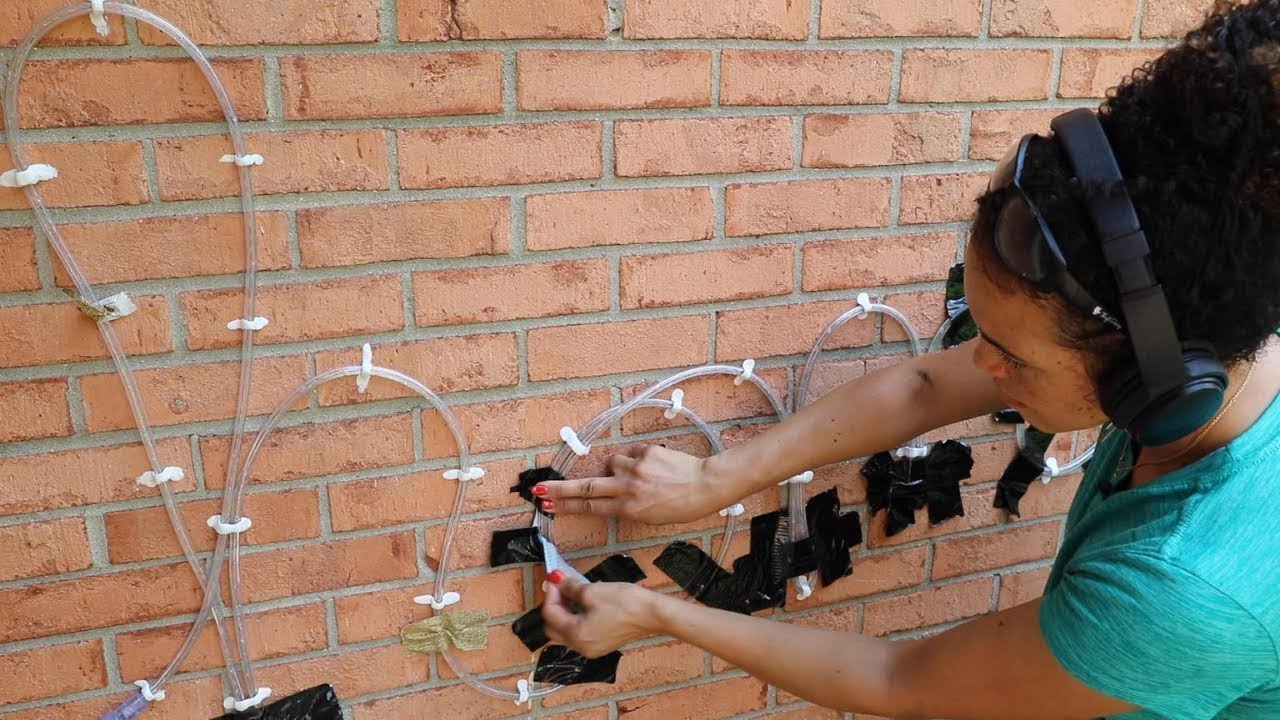

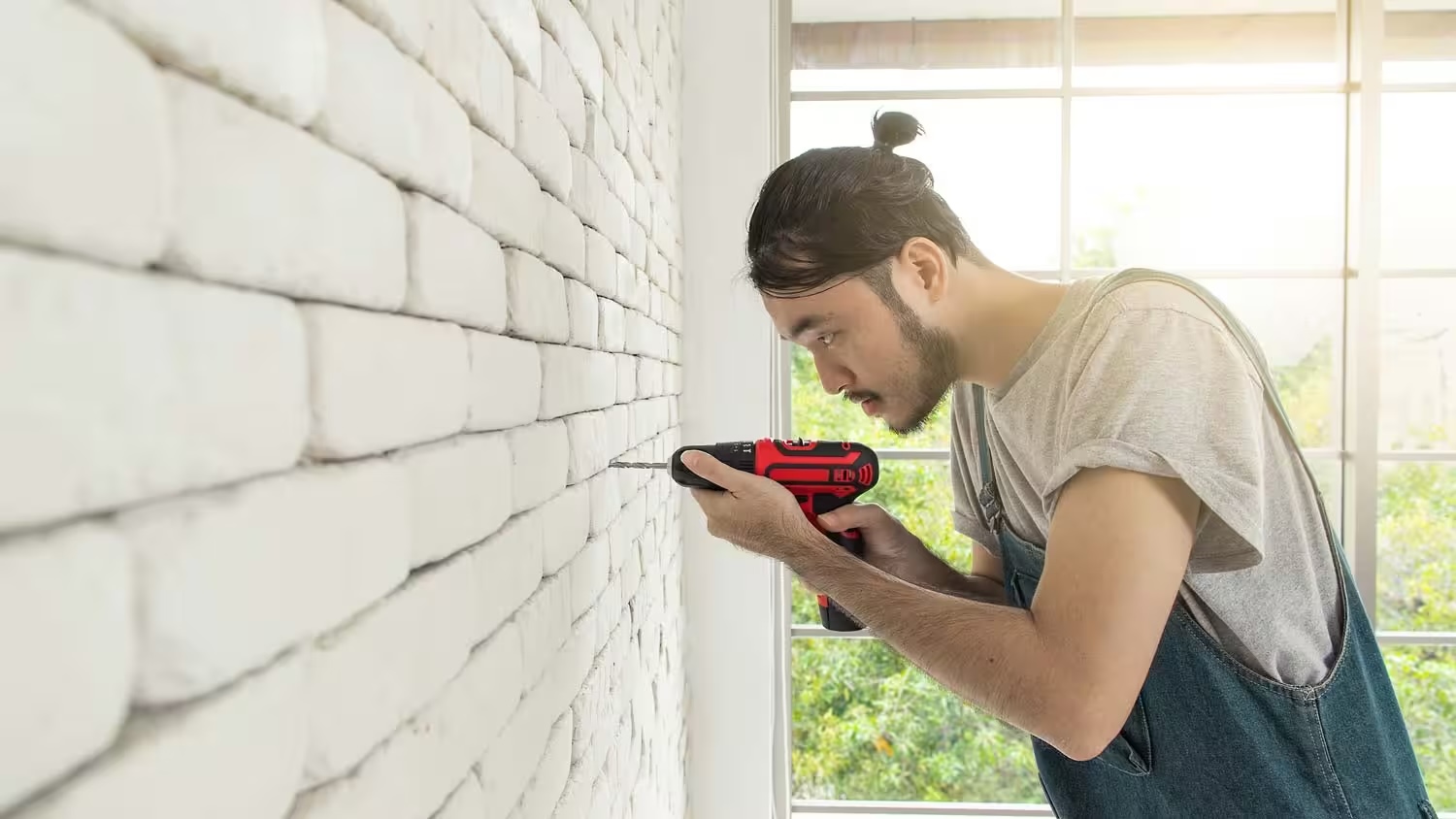
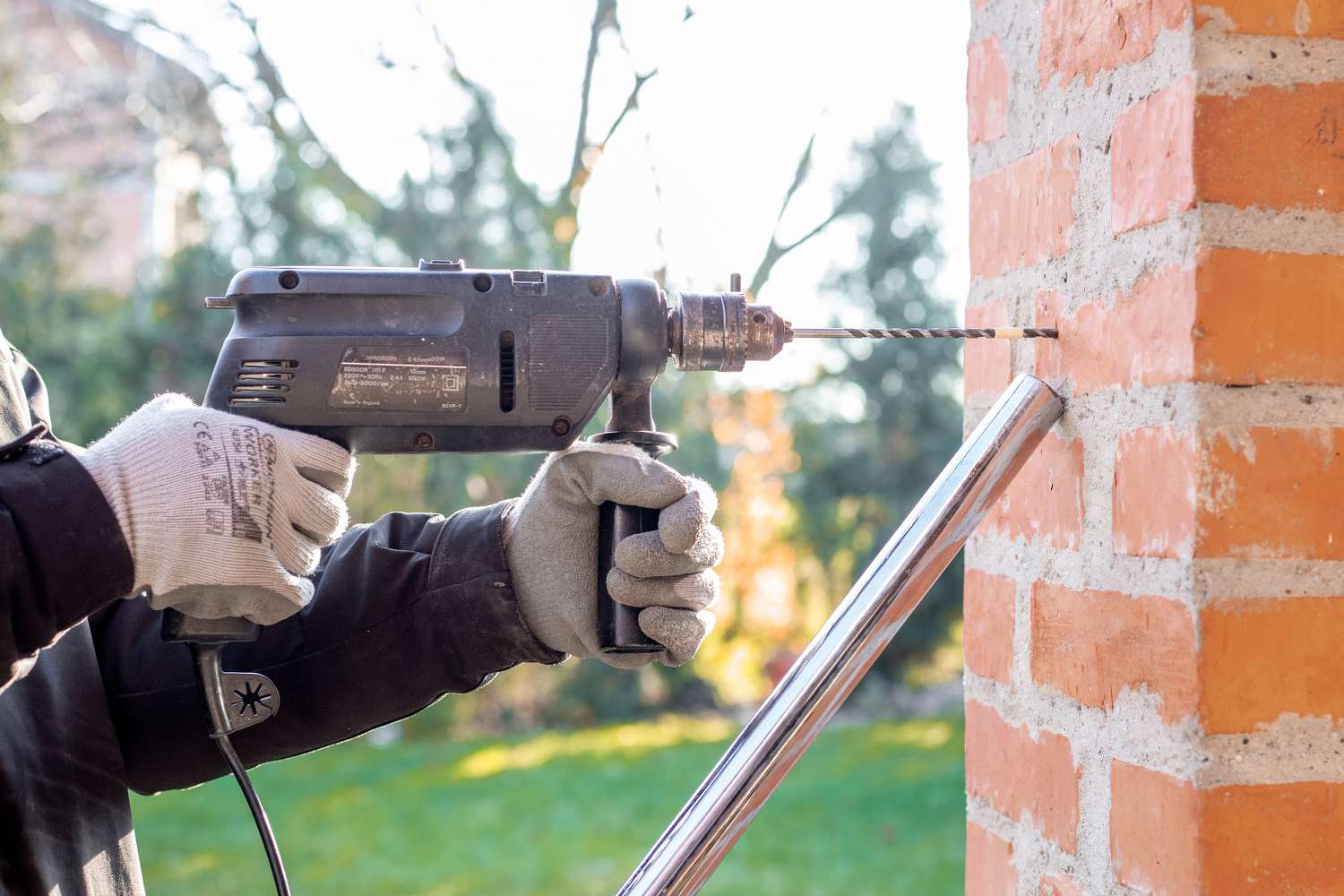
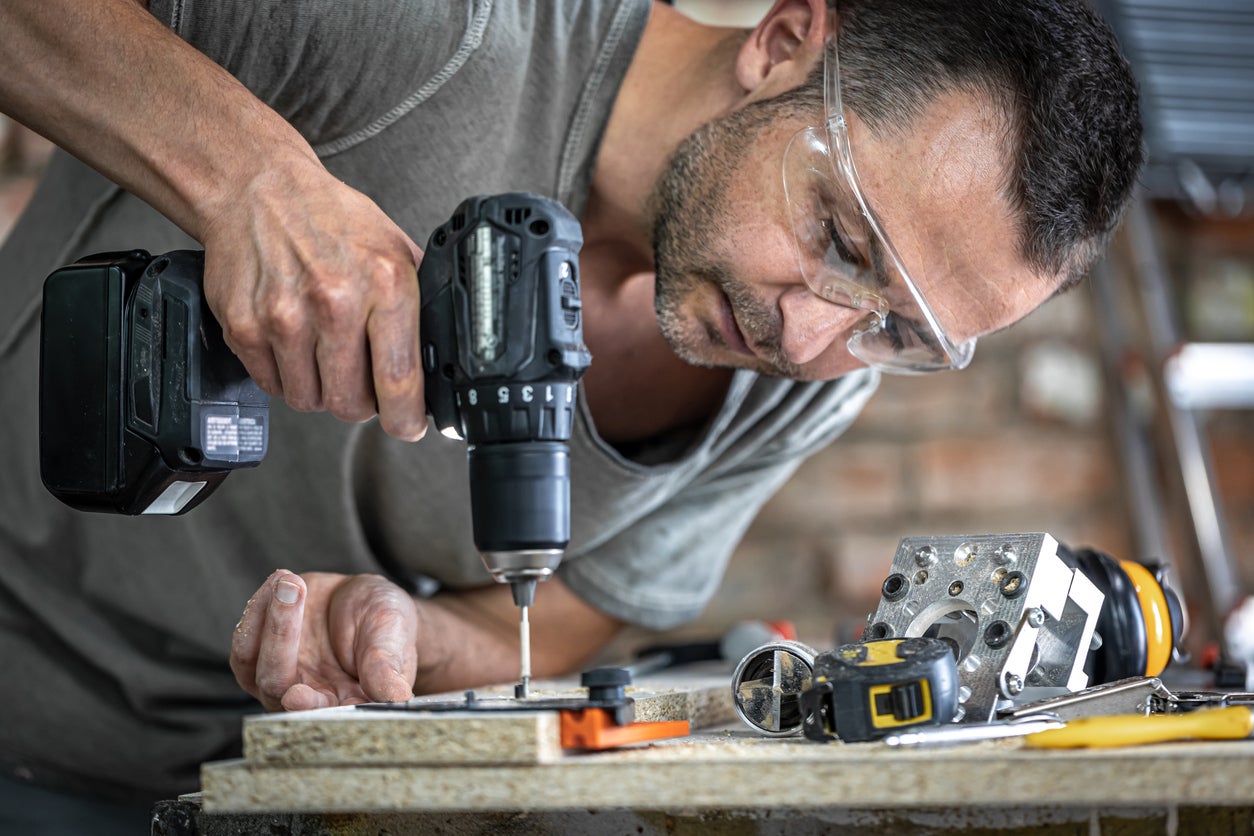
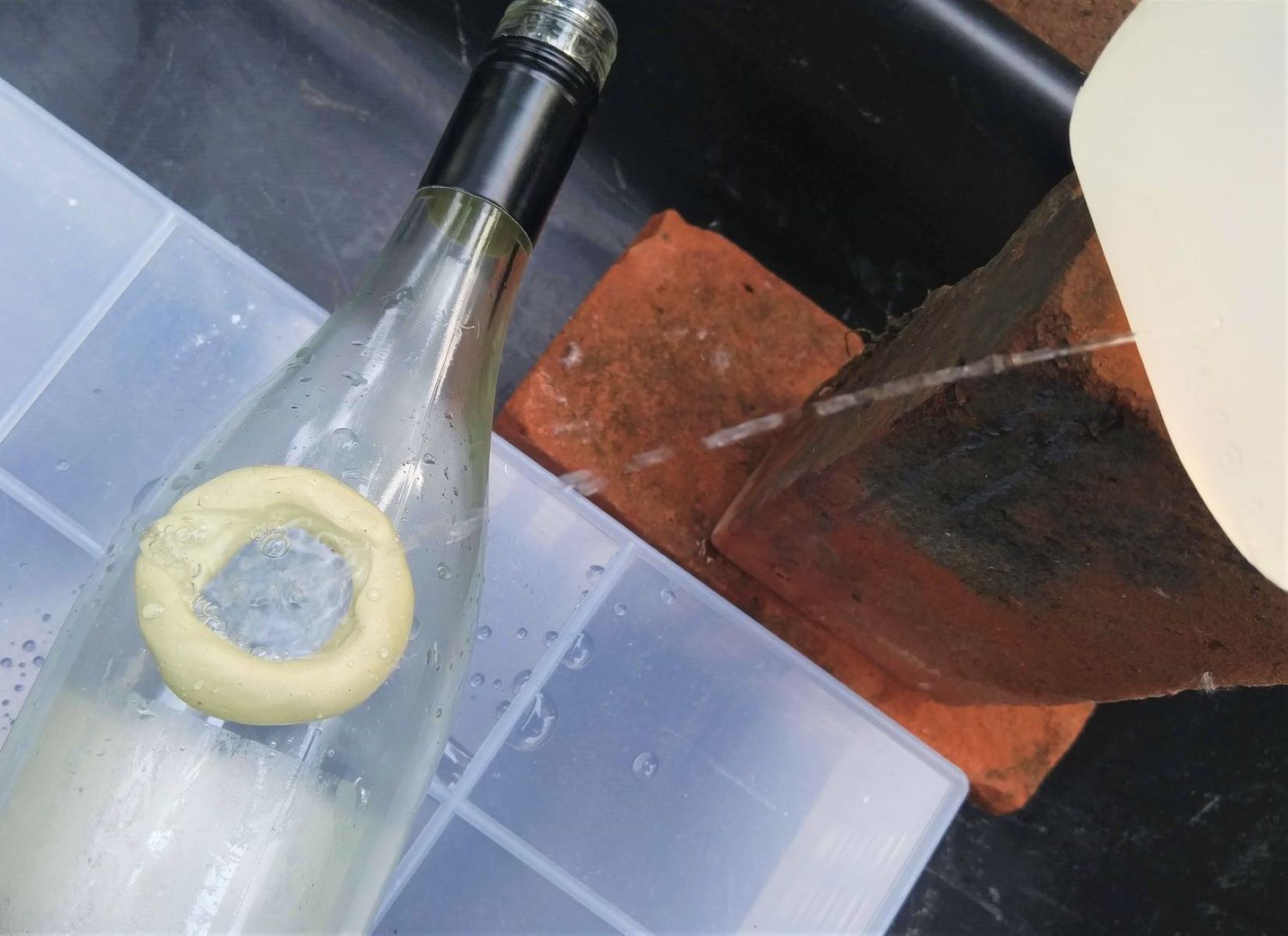
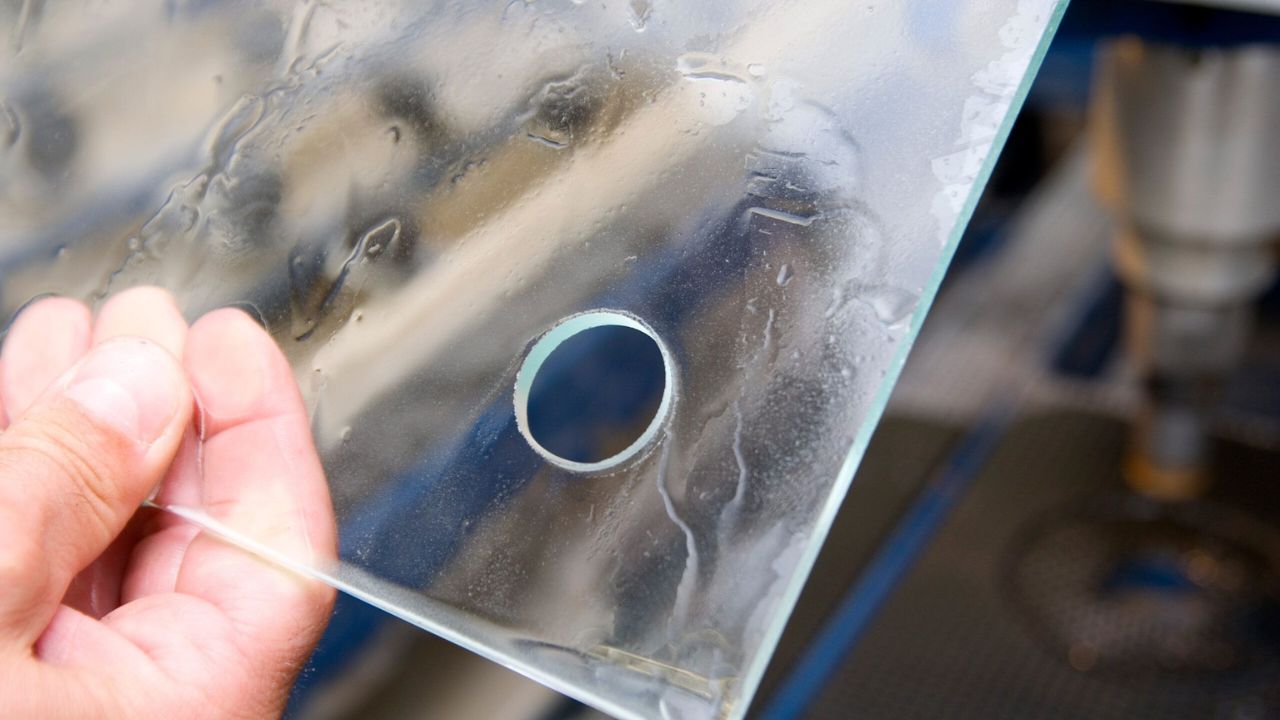
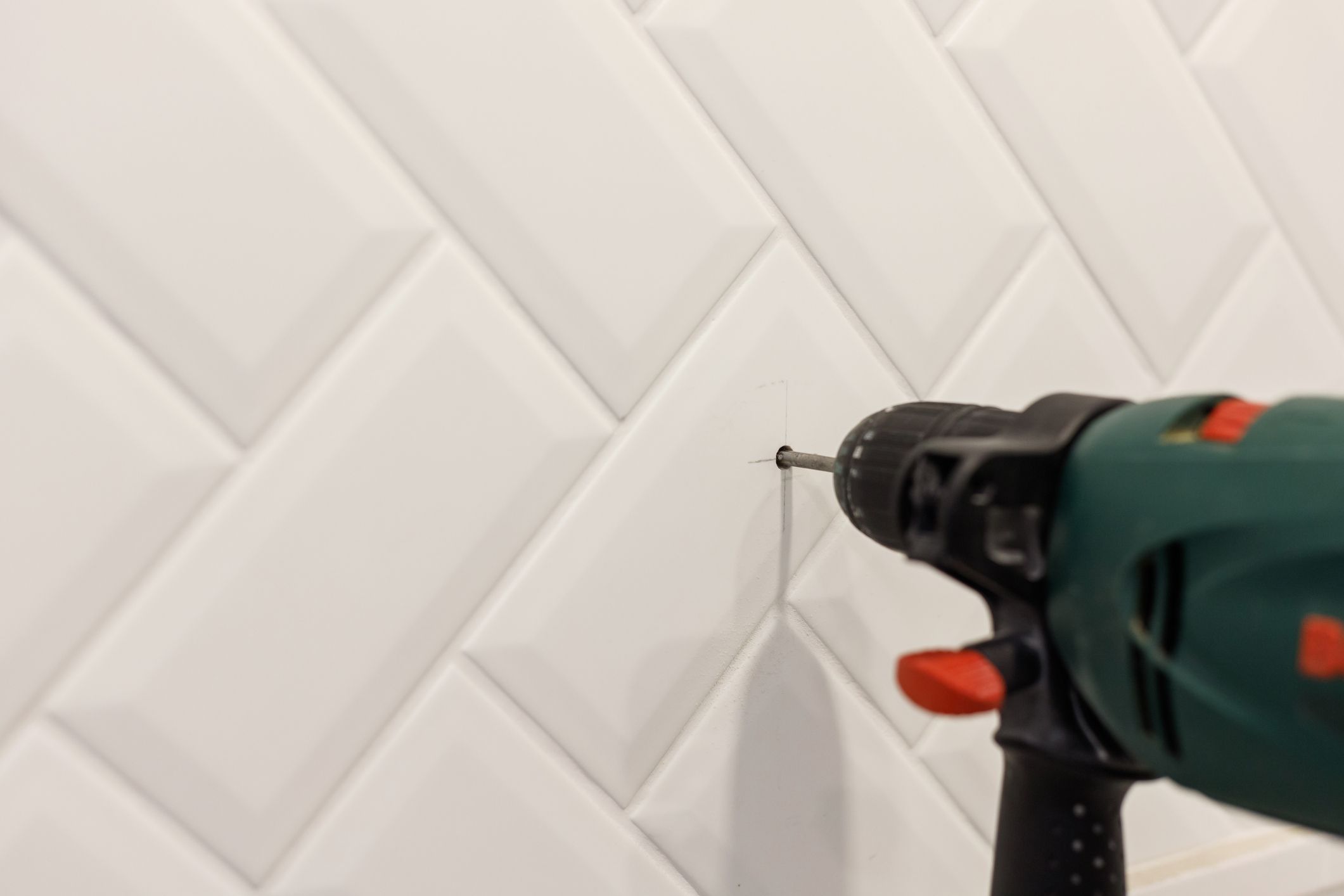
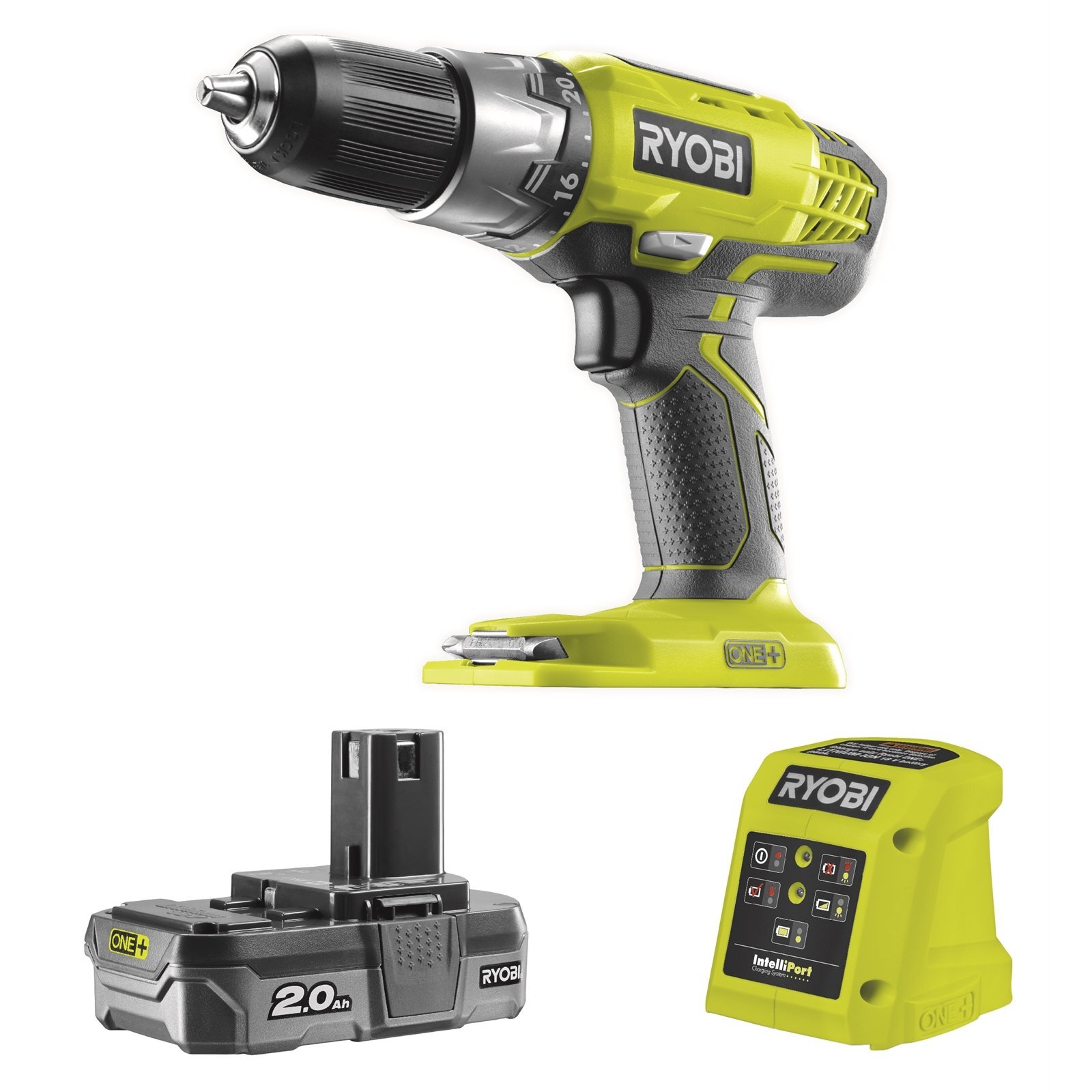
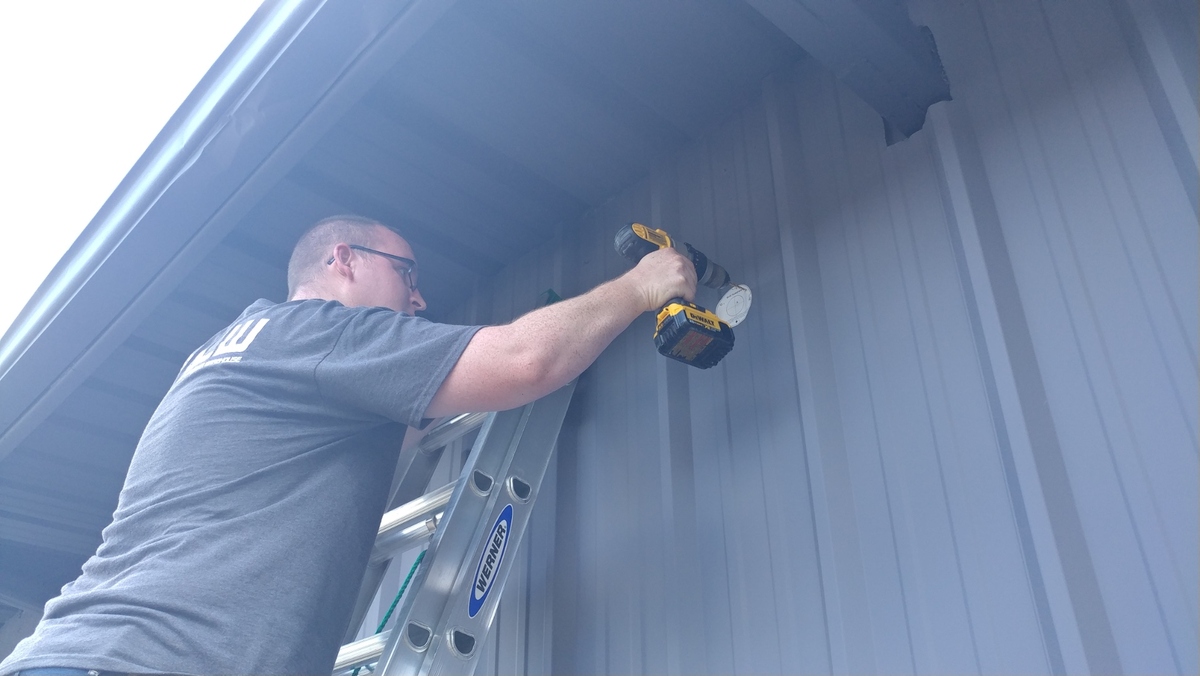
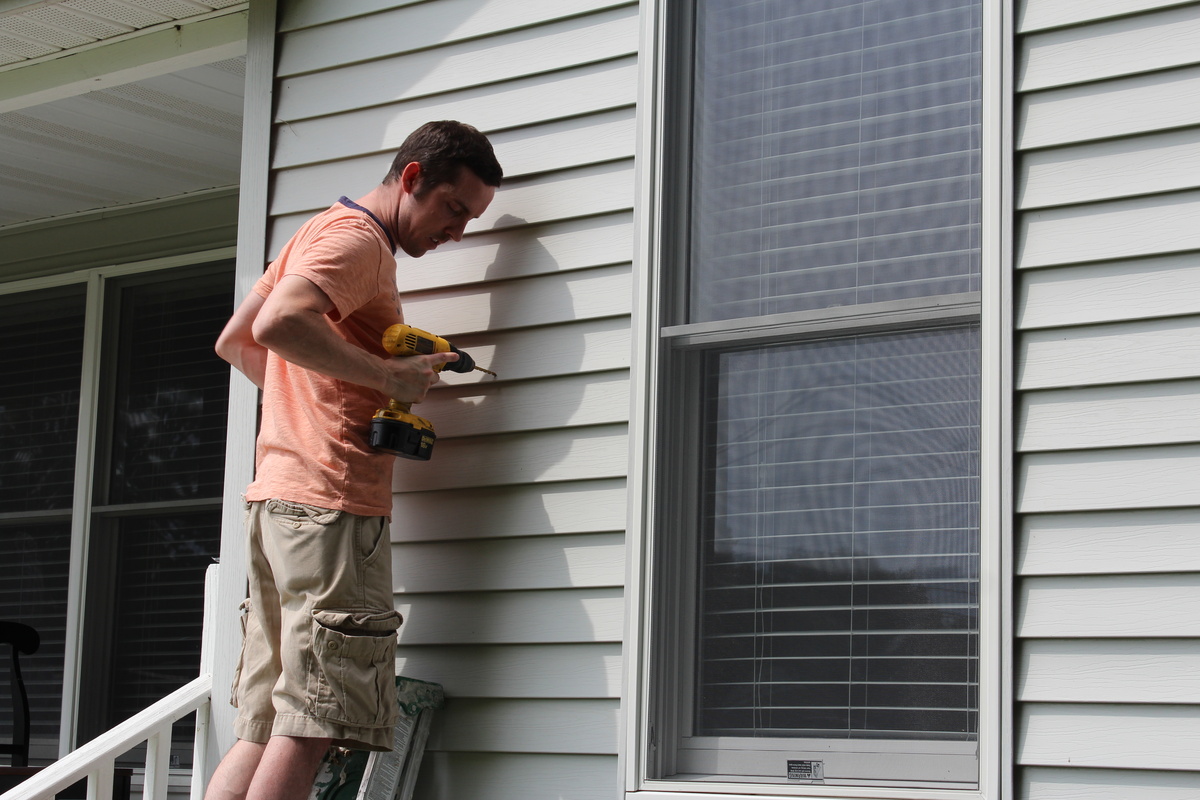
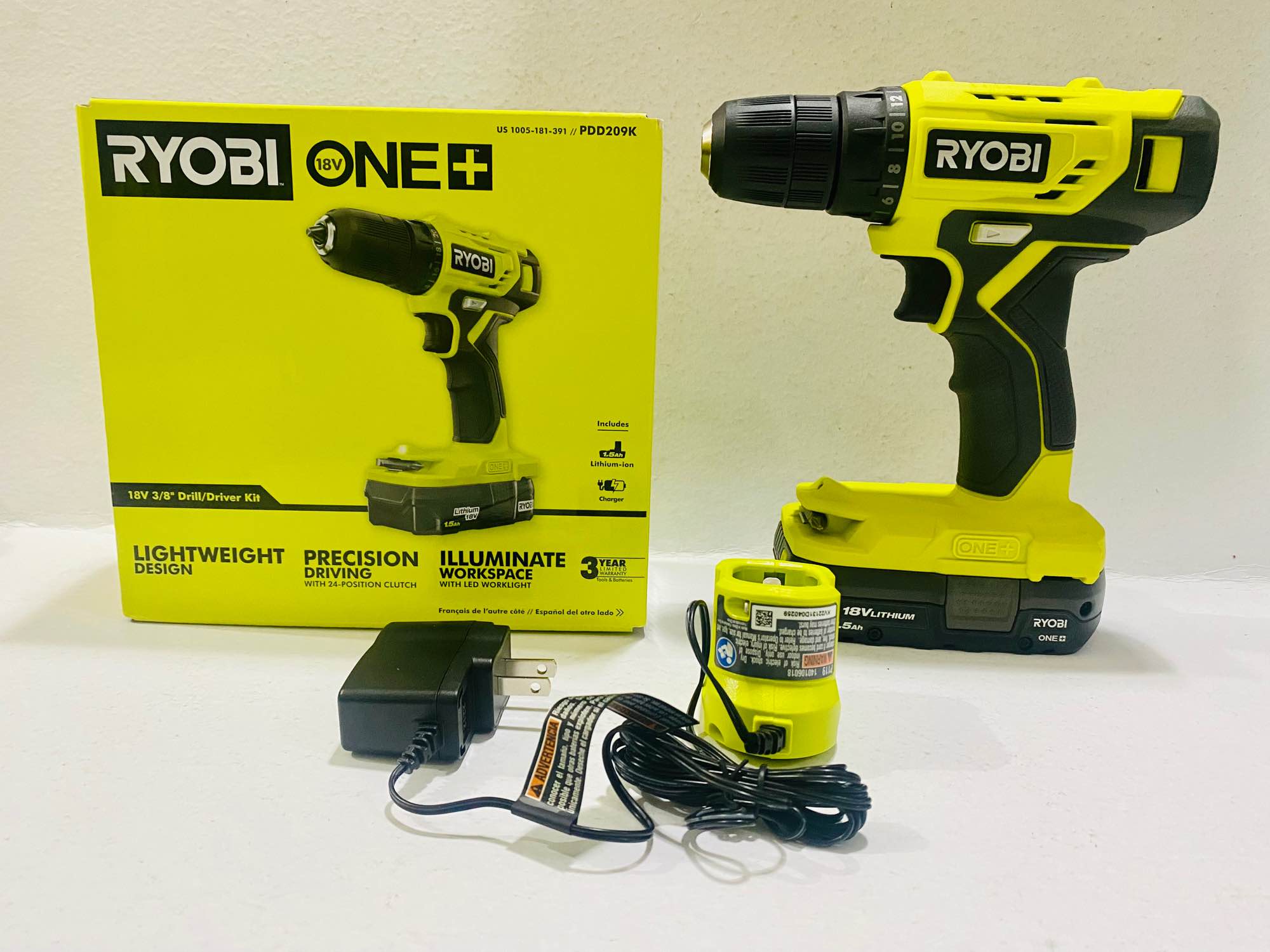
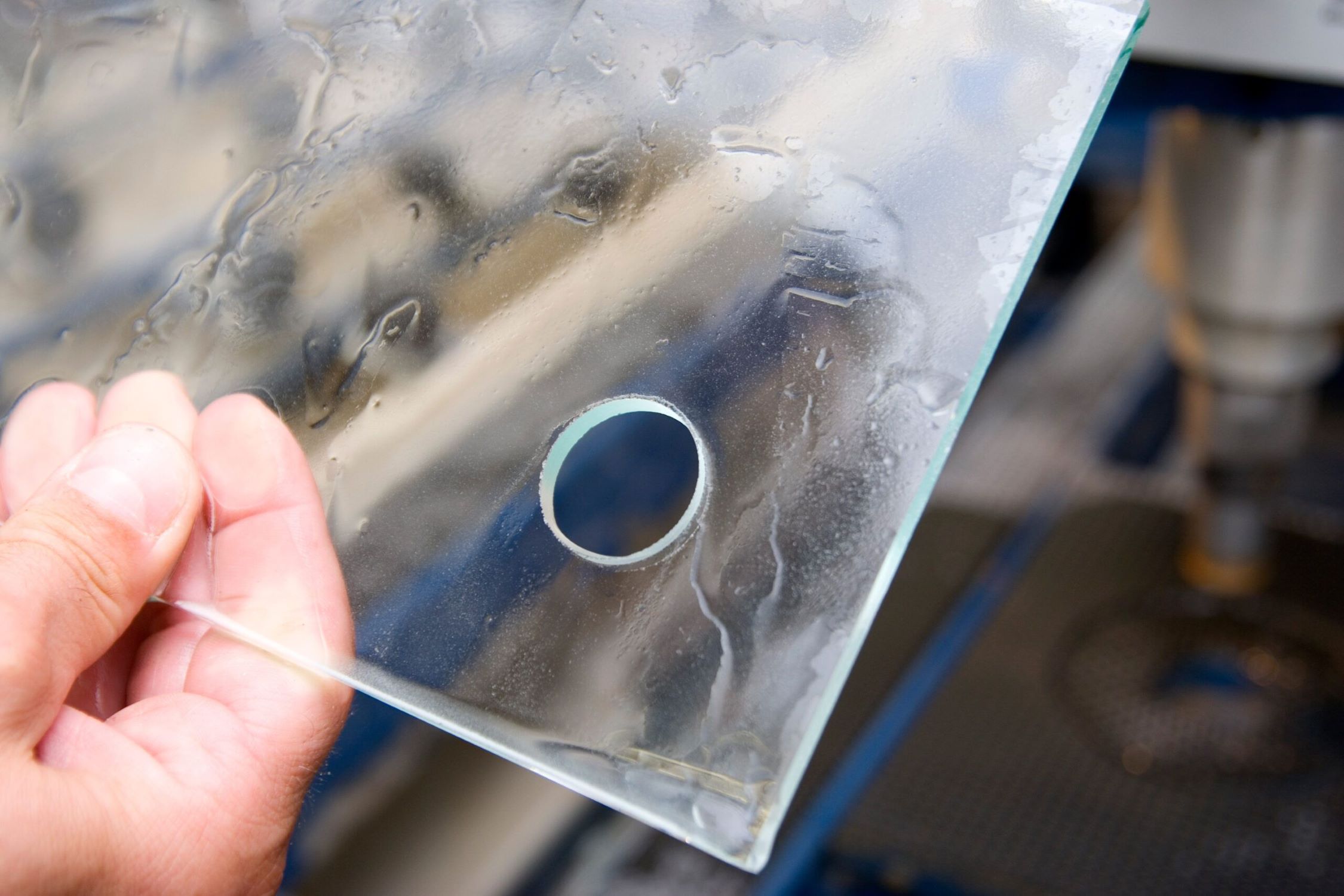
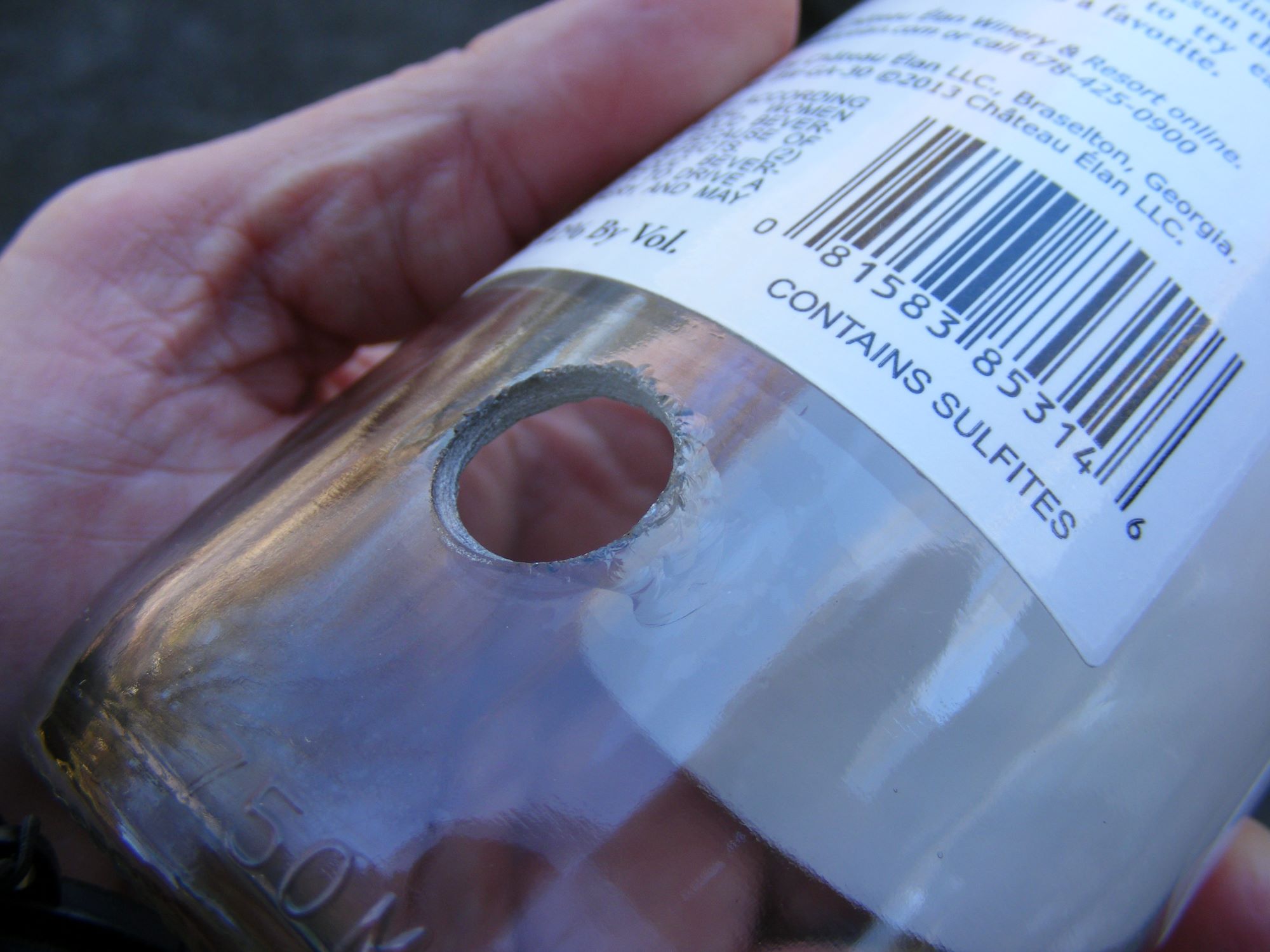

0 thoughts on “How To Drill Into Brick”